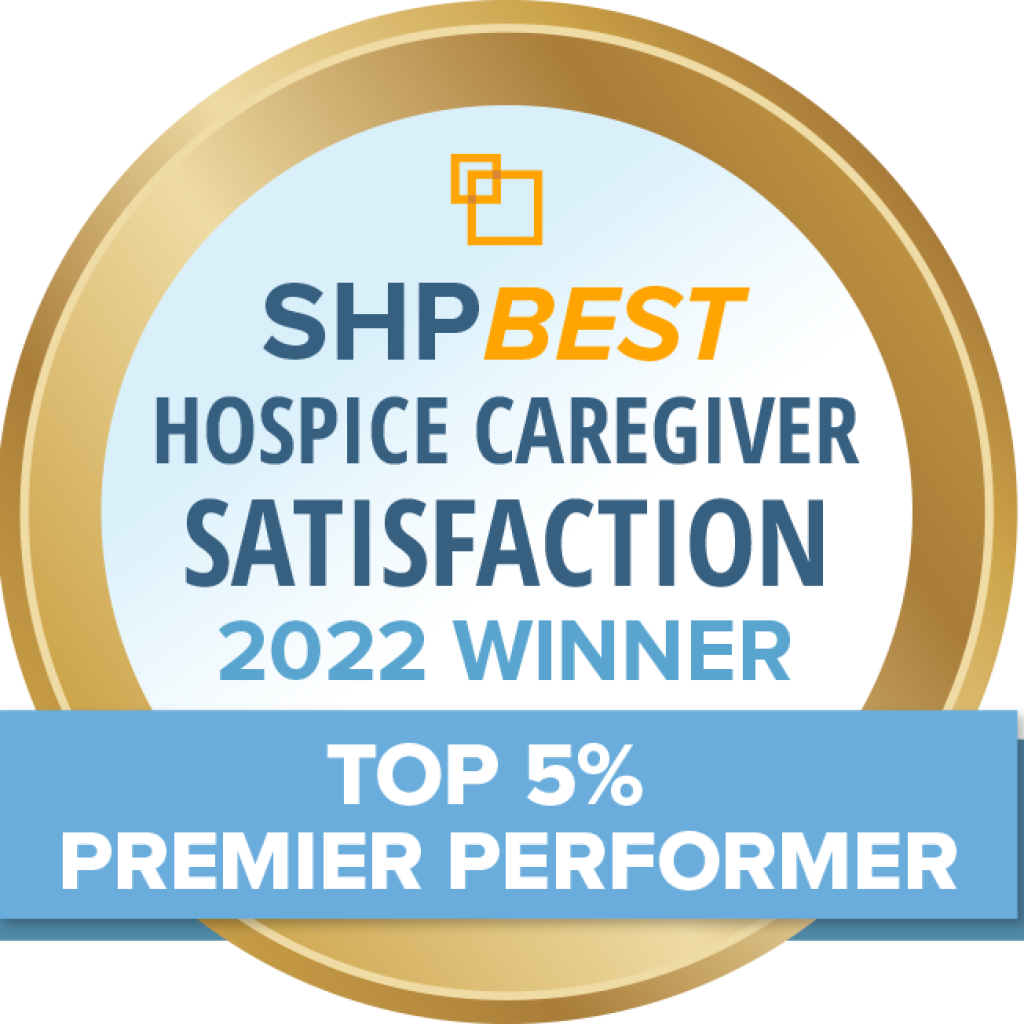Osteoporosis, a disease characterized by porous bones, threatens the quality of life of millions of older Americans. As it advances, bones weaken and become brittle, sometimes fracturing from minor falls or even just coughing or sneezing.
Who is at risk?
Most at risk are slim, small females of Caucasian, Asian or Hispanic descent-and the incidence is increasing most rapidly among Hispanic women. A family history of the disease increases the likelihood of developing osteoporosis. Other contributing factors include poor diet, early menopause, excessive alcohol consumption, tobacco smoke and a sedentary lifestyle. Long-term use of steroid medications and certain illnesses, like thyroid disease or anorexia, add to the risk, too. Although males develop osteoporosis too, it is four times more common in women than men. Ten million Americans have the disease and another 34 million have low bone density, putting them at risk of developing osteoporosis.
Bones continually break down and rebuild, but the rate at which this remodeling proceeds slows with age, making osteoporosis a major public threat for Americans 50 or older. In 2005, it was responsible for more than 2 million fractures.
While not curable, osteoporosis is preventable if bone loss is detected early. Once diagnosed, it is treatable. Left untreated, however, it can impede mobility and hasten death. Women start out with lower bone mass than men and lose more after menopause because of decreased estrogen production, putting them at risk of osteoporosis earlier than men. Men are most at risk after age 75.
Prevention
Osteoporosis advances symptom-free. Most people don’t know they have it until they suffer a fracture, most commonly of the hip, spine or wrist, although any bone can be affected. Other signs include severe back pain, loss of height due to vertebral fractures, and spinal deformity, such as a “dowager’s hump.” Hip fractures, the most feared, usually require surgery or hospitalization and often cause long-term or permanent disability or even death.
Osteoporosis prevention can begin in adolesence. Regular weight-bearing exercise and adequate consumption of calcium and Vitamin D, which is necessary for the body to absorb calcium, are essential for forming strong bones. By age 18, girls have 90 percent of their adult bone mass; boys, by age 20. Peak bone mass occurs at about age 30, after which bone growth slows.
In the five to seven years after menopause, bone loss accelerates rapidly, and women can lose 20 percent of their bone mass in that time period. Because of this, doctors recommend that women with risk factors for osteoporosis consult their doctor well before menopause about possible tests, treatments or necessary lifestyle adjustments. At any age, it is possible to build bone mass.
Diagnosis
A bone mineral density test is the common method to detect osteoporosis or osteopenia, which is mild bone loss that increases the risk of developing osteoporosis. Doctors review a patient’s risk factors and medical history in determining whether a bone density test is needed. Repeated at intervals of a year or more, these quick, painless tests can track bone loss and help predict the likelihood of fractures.
Bone density scans aren’t perfect. While tests like DEXA are the gold standard for detecting the bone-thinning disease osteoporosis, they can sometimes miss fracture-prone skeletons and can deliver false alarms that lead to unneeded prescriptions for bone-bolstering drugs. A better check is here. Just ask your doctor to enter your bone density score—along with about nine other key risk factors for broken bones—into a new fracture assessment calculator called FRAX.
Developed by the World Health Organization, FRAX was made available in the United States in the spring of 2008. The online calculator makes adjustments to account for bone differences between women and men and among people from four different racial and ethnic groups: African-American, Asian, Caucasian, and Latino. It also takes risk factors into account, including your age, weight, height, personal and family fracture history, alcohol and steroid use, and whether you have rheumatoid arthritis. The result: You get a personalized 10-year-risk score, which can help your doctor decide whether you need an osteoporosis drug, says Bess Dawson-Hughes, MD, director of the Bone Metabolism Laboratory at the Jean Mayer USDA Human Nutrition Research Center on Aging at Tufts University.
If your doctor doesn’t offer to run your personal data through FRAX, ask her to do so by logging on to http://www.shef.ac.uk/frax.
Bone density tests are recommended for all postmenopausal women with one or more risk factors or postmenopausal women who are not taking hormone therapy; men aged 50 to 70 with one or more risk factors; all women 65 or older and men 70 or older.
Depending on the test results, your doctor may recommend a treatment plan that includes medication, exercise and diet.
Patient services are provided without regard to race, color, religion, age, sex (an individual’s sex, gender identity, sex stereotyping, pregnancy, childbirth and related conditions) , sexual orientation, disability (mental or physical), communicable disease, or national origin.
Read our Notice of Nondiscrimination here.
© 2025 AT Home Care & Hospice
All Rights Reserved
All Rights Reserved



